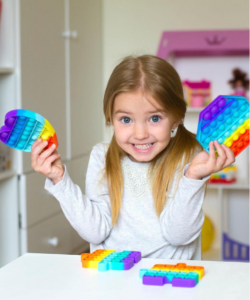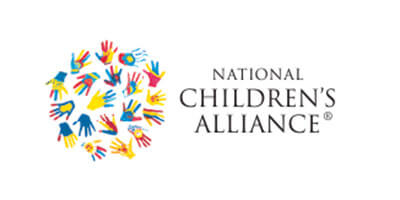The following post is written by one of our Psychology interns, Kayla, who has been interning with us since June. Kayla attends Michigan State University and is interested in pursuing a career in the Human Services Field.
Lately, on social media, in the news, in our communities, etc. there has been an increase in awareness and encouragement of survivors sharing their stories of abuse. For instance, the #MeToo movement. The stories have propelled a rise to action, however, there is still much work to be done going forward.
A reoccurring problem, victim blaming, is when we think the victim is at fault for the harm that was done to them. A common example is some may say an individual was victimized due to the way they were dressed, or they were walking home alone late at night. These statements take the blame off the perpetrator and onto the victim. Research has attributed the tendency to victim blame to the just-world phenomenon, which basically is the belief that the world is just and people get what they deserve. People want to believe that the world is fair, so they tend to rationalize the situation and in turn can end up blaming the victim. However, 1 in 10 children will be a victim of sexual abuse before their 18th birthday.
Victim blaming can also affect children who have experienced abuse. It can have a great impact on whether a child discloses and what details they share. Questioning the victim can possibly make them wonder if they should blame themselves for the abuse because of the lack of support and belief in their story. A child may have a difficult time disclosing because the situation could have involved a family member or family friend and they are scared they won’t be believed, or worse blamed. It is estimated that 30 to 80% of victims do not disclose child abuse before adulthood.
When a story is told and victim blaming occurs, it is sometimes referred to as revictimization. The abuse that they go through is the initial wound and the second can result from how people around them respond. To avoid re-victimizing a victim we can:
· Begin by believing the victim. Let the child know that you believe him/her.
· Tell him/her that it is not their fault and that they are not in trouble. Sometimes self-blame occurs and it is important to address that they didn’t put themselves in the situation.
· Understand that disclosure can be a dynamic event rather than a static one. Disclosure can be a process and one may share several things throughout a period of time. It does not mean that we should think they are lying or believe them less.
· Don’t ask them too many questions. Reach out to law enforcement or DHHS to set up a proper interview.
If a child discloses to you, it should always be taken seriously. Ensure that the child knows that you believe him/her. Remain calm and explain that it is not their fault. Do not investigate by asking probing questions, listen to what the child tells you and give positive feedback by saying things such as, “It takes courage to tell, and I am here for you.” Report any child abuse or suspicion of abuse to the Department of Health Services and/or Law Enforcement.








